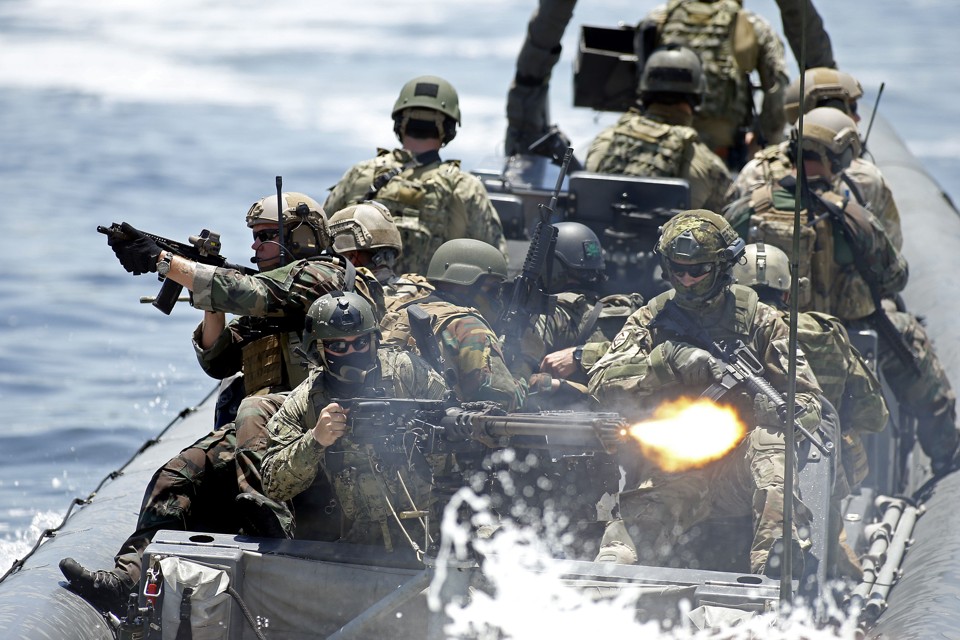Russia’s recent military adventures have mostly aimed to create an illusion of strength.
This week marks the 25th anniversary of the fall of the Soviet Union. Its collapse was inconceivable at the time. The Soviet Union loomed as a stone colossus astride the world, the equal of the United States, and in the minds of some, its superior. In fact, it was built on a base of sand, held together during its hardest times by the secret police. But as the KGB weakened from careerism and corruption, the glue dissolved and the regime collapsed. It was a surprise to the outside world and perhaps even to much of the Politburo. But it couldn’t have been a surprise to the people within the KGB. They knew what was coming and readied themselves to take advantage of the new world.
We now find ourselves in a new confrontation with Russia. For me, this is not a surprise, as I had forecast a resurgence of Russia in a book that was published eight years ago called “The Next 100 Years.” Russia was not going to do the world the favor of remaining in the chaos of privatization that President Boris Yeltsin had presided over. The men who had enriched themselves in the 1990s would emerge as the new elite in the 2000s. Their roots would be in the past, and their wish would be to return Russia to its former greatness, both out of nostalgia and to preserve their positions. Russian culture celebrates strong leaders, and leaders strengthen themselves with this admiration. The issue now is what shall we make of this second confrontation.



















